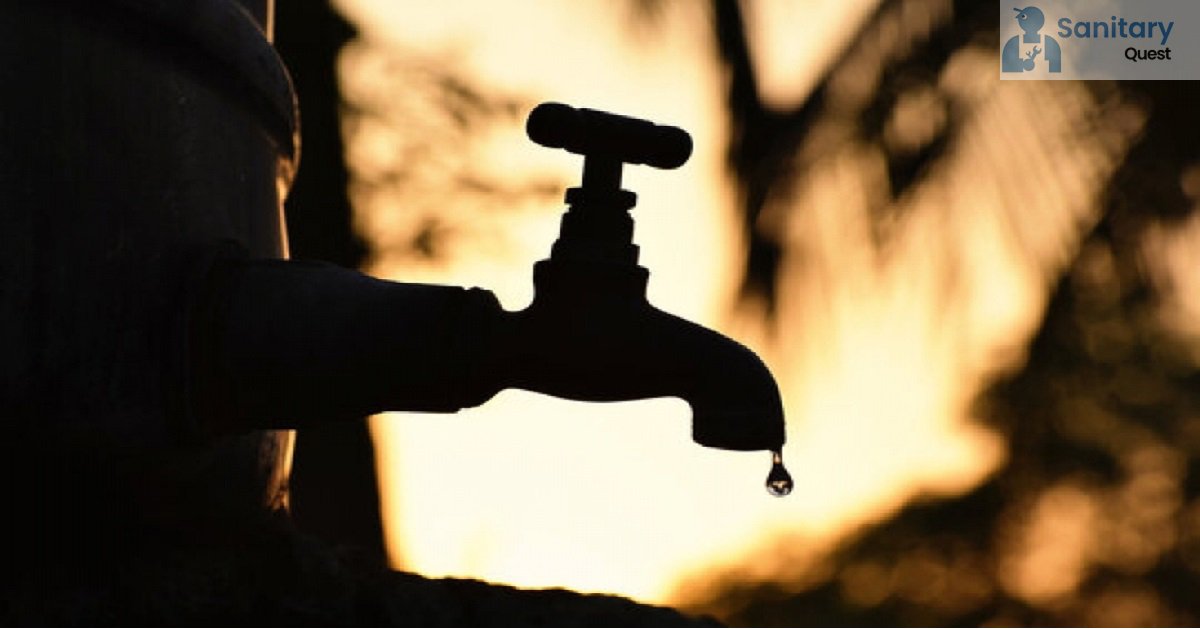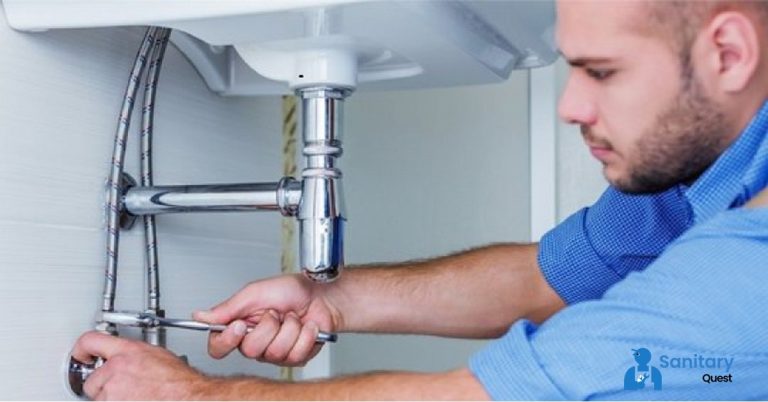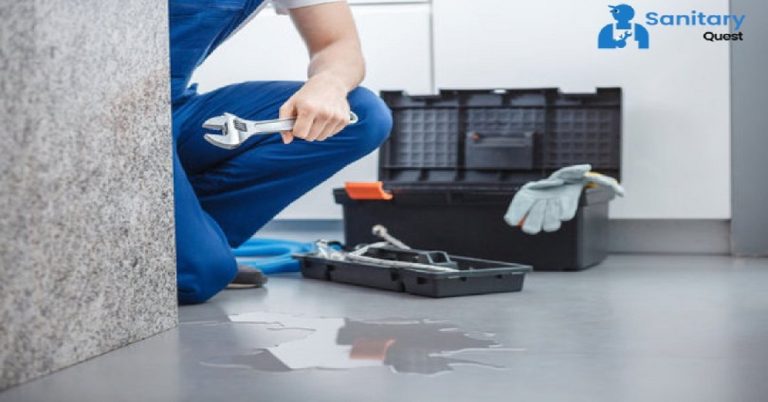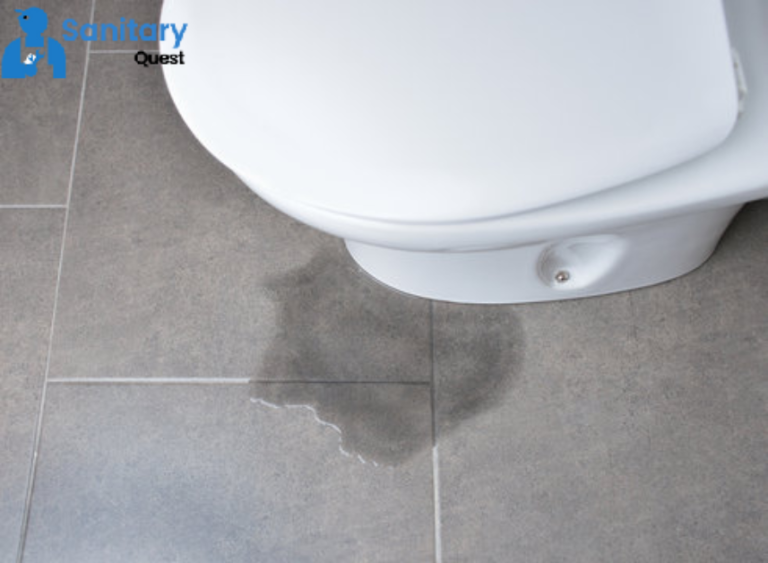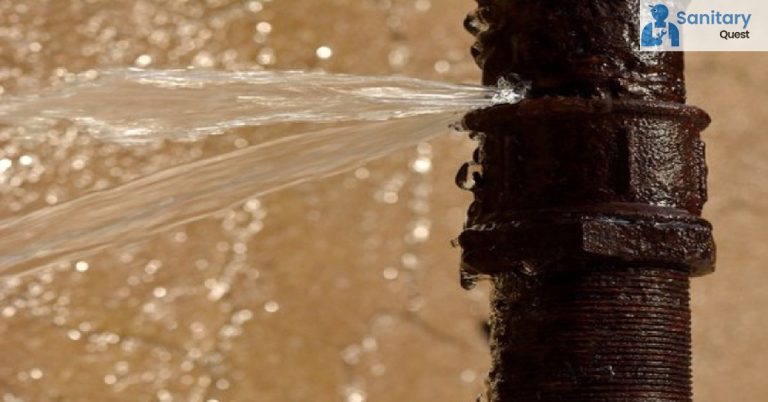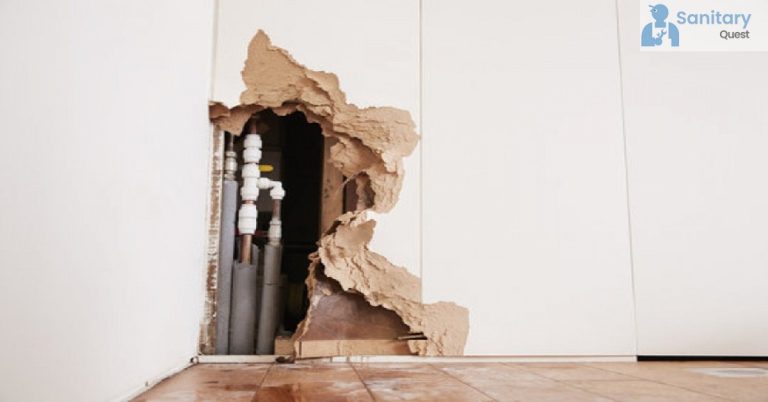Reuse Greywater From Household Plumbing During a Drought
Several distinct droughts are now impacting the United States of America. The quantity of available water is falling, which will almost certainly lead to an increase in the price of water. One option for dealing with existing water constraints and anticipated shortages in the future is to reuse greywater created by the plumbing in your home. Additionally, this tactic contributes to decreased overall water use. Even if a person does not reside in an area currently experiencing drought but still wants to save water and lower their water bills, they may find this strategy useful.
Reuse Greywater Raising the Stakes
According to the data provided by the United States Drought Monitor, the bulk of the state of California is still in the grips of an exceptional drought, and a huge section of the remaining western states are also facing extreme or severe Reuse Greywater. A substantial number of areas in the United States are experiencing conditions ranging from exceptionally dry to severe drought. The situation is not likely to get any better any time soon, either; according to the findings of the research conducted by scientists, it will take several years of rainfall that is above average to pull California back from the brink of a cliff.
It is not just those from Western countries who must make sacrifices in this situation. Prolonged droughts will impact people in every region of the country due to price increases for agricultural products and possibly the prospect of a slowdown in economic activity brought on by the lack itself. Both of these factors are likely to impact agricultural commodity prices. The fact that lowering consumption is in everyone’s best interest should not shock anyone. The good news is that you have the power to make a difference by making some simple adjustments to the way that you utilize the plumbing in your home, and these changes won’t cost you a lot of time or money.
Reuse Greywater From the Shower and Washing Machine
According to estimates provided by the Environmental Protection Agency (EPA), the average single-family home in the United States uses an incredible 400 gallons of water every single day. The simplest and easiest way to collect some of this reused greywater and put it to another use is to bring a bucket into the shower. Doing so will save you time and effort. You should not use filthy water for cooking, cleaning, or drinking; nevertheless, it is fine to use it for activities such as flushing the toilet or watering plants. [Case in point:]
The reused greywater that collects in your washing machine’s drain is an additional supply of spent water that can be easily accessed when needed. The discharge pipe can be routed to a huge tub or an outside area you want to irrigate directly. Both of these options are available to you. On your end, this is the only thing that has to be done. If you go ahead and decide to use this tactic, be sure to take the necessary safety measures to bury the Reuse Greywater at a depth of at least a few inches, using mulch or another material if essential so that it does not come into direct contact with you or your animals.
An Upgrade to Your Household Plumbing
If you are serious about lowering your Reuse Greywater consumption and going the additional mile to save the most valuable resource on the earth, consider installing a water recycling system as part of the plumbing in your home. These systems will automatically collect water from the sink, the washing machine, and the bathtub in the bathroom, filter it, and then send it to be reused in the toilet or for irrigation purposes. Because the food particles in the wastewater from the dishwasher and the kitchen sink continue to pose an unacceptable risk to public health, the wastewater from these appliances continues to be released straight into the sewer. Even the reused greywater flushed down the toilet is not collected for reasons that ought to be obvious to anyone.
FAQs
Q1: How do you capture GRAY water at home?
Capturing gray water at home involves redirecting water from sources like sinks, showers, and laundry to be reused for purposes like watering plants or flushing toilets. One method is to install a system that diverts the gray water from these sources, filters it to remove debris, and then stores it for later use. Simple methods could include manually collecting water in a bucket from the sink or shower and using it immediately in the garden.
Q2: What are the different types of GRAY water recycling systems?
Gray water recycling systems come in various forms, each designed to capture and reuse water from sources like sinks, showers, and laundry. Simple systems involve manually collecting water in buckets for immediate use in gardening or other non-potable uses. Basic gravity-based systems redirect water from these sources to outdoor irrigation systems.
Q3: How do you neutralize GREY water?
Neutralizing gray water typically involves filtration and treatment processes to remove impurities and pathogens, making the water safe for reuse in non-potable applications. Methods include using filters to remove solid particles and organic matter, employing disinfection techniques such as UV treatment or chlorine to kill bacteria and pathogens, and balancing pH levels to make the water less acidic or alkaline
Q4: How can I reuse laundry water?
Reusing laundry water, also known as gray water, can be a sustainable practice. One simple way is to collect the water from the washing machine’s rinse cycle and repurpose it for tasks like watering plants or flushing toilets. To do this, you can divert the water directly from the washing machine to a storage container or plumbing system that distributes it to desired areas.

